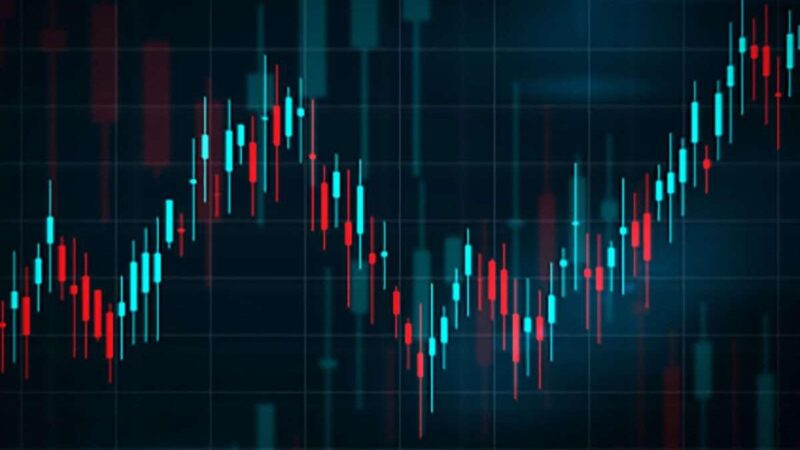Contents
The investor should place the stop above the resistance level. The investor can determine the resistance level by looking at a chart and finding where it stopped rising during prior rallies. A breakout above 4 easy steps to be a master at technical analysis this price often means the security will head even higher before reversing. It is much different than a limit order because it includes a stop price that then triggers the allowance of a market order.

If the market is closed, the order will be queued for market open. Just like other option orders, these orders will not execute during extended hours. Understanding different order types and how they play into your investment goals can help you build a strategy to get the most out of your investments while minimizing costs. On top of that, if it does meet the stop price, your trade will occur at the next available price which could be higher or lower than you want.
Good for the Day (GFD)
For example, suppose you’re a short seller who sold XYZ at $45 in anticipation that the stock might fall. If your projection is wrong and stock XYZ’s price rises above $45, your position loses money. So you may decide to place a buy stop order at, say, $46.50 to exit the position in case the market goes up by $1.50.
- Stop orders are orders where buy trades can be triggered as a security price is rising, or where sell trades can be triggered as a security is dropping in price.
- It is always connected to an open position or a pending order.
- A sell stop order is a stop order to sell at a market price after a stop price parameter has been reached.
- A Buy Stop can protect you against upward movement in the market if a short position moves against you.
- Your position may be closed out by the firm without regard to your profit or loss.
The stop price is a price that is above the market price of the stock, whereas the limit price is the highest price that a trader is willing to pay per share. A trader who wants to buy the stock when it dropped to $133 would place a buy limit order with a limit price of $133 . If the stock falls to $133 or lower, the limit order would be triggered and the order would be executed at $133 or below.
You want to purchase a stock that is currently trading at $20.50 a share. Believing the price will continue to rise, you’re willing to buy if it increases to $22.20 a share, and you place a buy stop order with a stop price of $22.20. Temporary market movements may cause your stop order to execute at an undesirable price, even though the stock price may stabilize later that day.
Help Protect Your Position Using Stop Orders
Consider using another type of order that offers some price protection. You’ll sell if the price rises to $13, so you place a sell limit order with a limit price of $13. Market orders 50 turkish lira to japanese yen exchange rate convert try are a type of order for buying or selling securities right away. Stop orders or limit orders must meet certain prices to execute, but market orders go through regardless.

Besides, a stock with high liquidity may not require such an order. If the shares are highly illiquid, consider lowering the size of your position as a risk management approach. Bid price rises to your stop price, it triggers a buy limit order.
Stop and Stop Limit Orders Short Video
Learn how to trade forex in a fun and easy-to-understand format. The same techniques used with sell stop and sell stop-limit orders can be applied to buy stop and buy stop-limit orders. These include avoiding round numbers and placing orders around odd numbers.
Because the market may move in the opposite direction, limit orders are not always filled. That means the stop-loss limit order may not get you out of a losing trade. When a market is moving quickly (or if a market has a large bid-ask spread), a stop-loss limit order can remain unfilled indefinitely, which exposes you to potentially larger and larger losses.
What is the difference between a stop, and a stop limit order?
A stop-loss order is an order placed with a broker to buy or sell once the stock reaches a certain price, designed to limit an investor’s potential loss on a trading position. An exit point is the price at which a trader closes their long or short position to realize a profit or loss. When using margin, a sell stop can be set to initiate a short sell. When the stock is owned by the trader, a sell stop is usually used to limit losses or manage already accumulated profits. One of the common applications occurs when it is used to buy a stock at a profitable price anticipating an uptrend. Options are not suitable for all investors as the special risks inherent to options trading may expose investors to potentially rapid and substantial losses.
- This order is used for minimizing of losses if the security price has started to move in an unprofitable direction.
- Fortunately, some simple strategies managedownside risk in both bull and bear markets.
- By the time the trader gets back to his trade, the price has reached $4.
- The current price level is higher than the value of the placed order.
The order is activated when the price reaches $17, but there will be no order fulfillment if the price moves above $18. Conversely, someone looking to buy the same stock may be waiting for the right opportunity but may want to place a stop order to buy at $58. This would limit the downside by putting a ceiling on the price she pays to acquire the shares.
This means that the buy limit order will have to be placed below the current trading price. Remember that short sellers benefit when a stock’s price declines, so placing best online brokers for forex trading in march 2021 an order to close out a position at a lower price can be beneficial. This is your classic stop-loss scenario, and it’s how most investors understand and use stop orders.
By setting a limit order, you are guaranteed that your order only gets executed at your limit price . Basically, your order can get filled at the stop price, worse than the stop price, or even better than the stop price. It all depends on how much price is fluctuating when the market price reaches the stop price. A buy stop order is entered at a stop price above the current market price (in essence “stopping” the stock from getting away from you as it rises). A limit order is an order to buy or sell a stock with a restriction on the maximum price to be paid or the minimum price to be received (the “limit price”). If the order is filled, it will only be at the specified limit price or better.
 (65) 6793 7805
(65) 6793 7805






